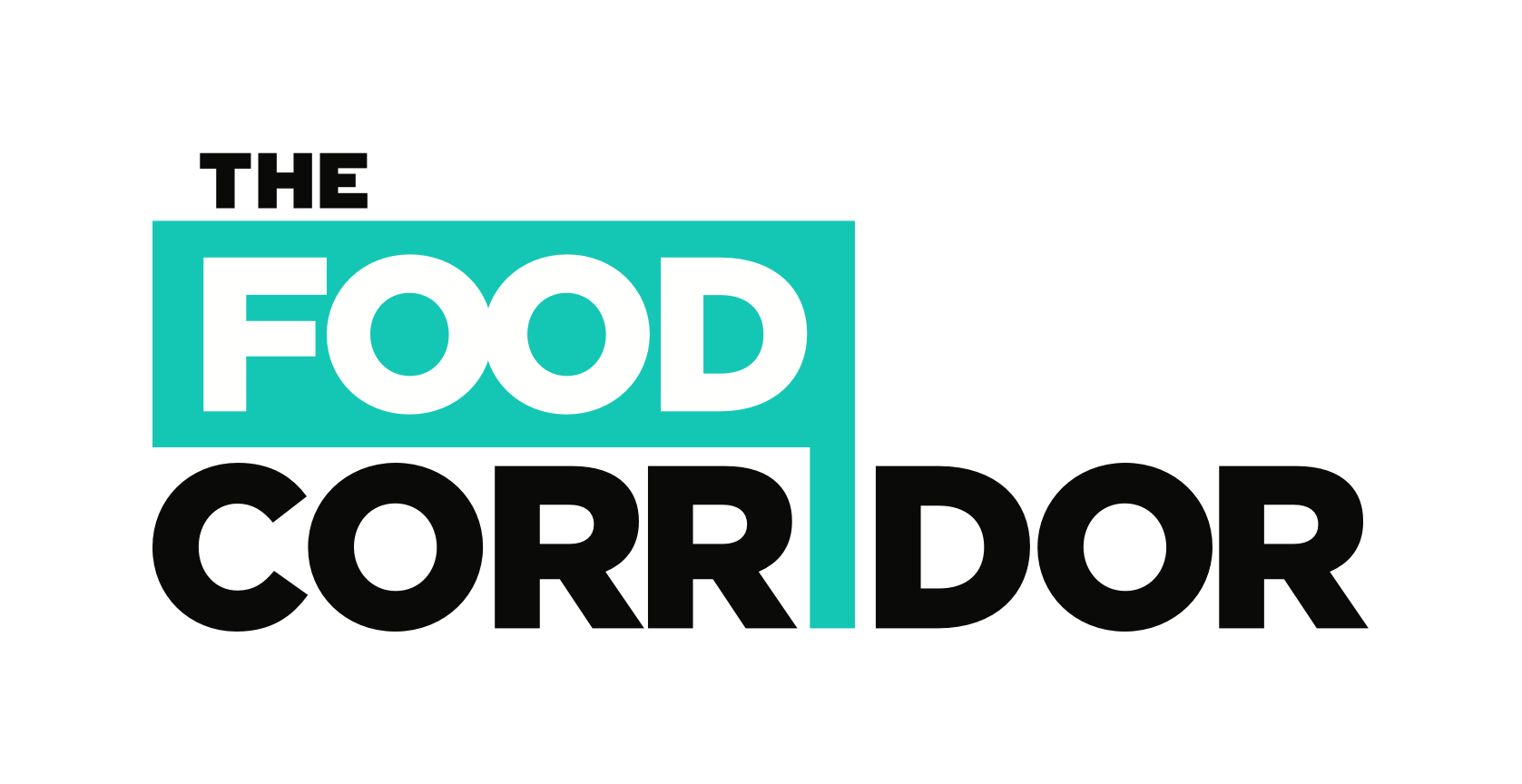Like many other small businesses, the shared-use kitchen business is seasonal. Depending on your location, high season may be during summer when farmers’ markets are open and food trucks thriving. Low season may come in January and February, after the holiday rush. Unfortunately, many of the expenses like leases and equipment payments are fixed and don’t change during the year. When you are operating a shared-kitchen, you must plan ahead for this seasonality.
The first thing to figure out is what to expect over the year. This is driven by your customers’ needs–the food businesses which use your kitchen space. Geography is key. If you are in New England, food businesses have different demands in January than if you are in Phoenix. A commercial kitchen in Newark, NJ, for example, will have a totally different busy season than one in Miami. During January, business may be slow, but for others, January may be high season. Research types of food businesses that are your possible clients, and talk to them to learn their business seasonality.
Also, make sure to support your customers through their down times. This may mean switching a customer to a different usage plan or helping connect them to different distribution channels like holiday bizzares or catering events. This type of business support can be very helpful, depending on the experience of the entrepreneur–after all, you’ve seen any number of food businesses survive seasonal downturns, whereas they may not have experienced this. Be proactive in communicating with your clients.
Make sure you aim for a mix of clients. Caterers, food trucks, and food manufacturers are only three of your most prominent possible customers. Consider adding bakers, beverage manufacturers, personal chefs, educator or cooking instructors, farmers, restauranteurs and even pet food makers. Each of these will have different busy times, and a good diversity of makers will help you deal with seasonal ebbs and flows.
Think about alternative revenue streams. Depending on your space (and local regulation), holiday events or classes can be a great way to bring in additional revenue during some down times. Holiday cookie party anyone?
Build relationships with your clients. In particular, keep an eye out for businesses that are successful in the farmers’ markets and spend time with them helping them grow, whether that is with marketing help, distribution strategies, or accessing funding. Having solid relationships with growing companies will ensure they continue to use your services.
Think about cutting costs in the off season, but understand what that means. The easiest variable cost to cut may be labor if you have employees, but doing so may have negative ramifications for morale and impact your ability to recruit workers in the future. Most employees tend to want regular hours. It’s best to be clear up front if cutting hours is planned as a way to get through the down time. These budget tips for small businesses can also help with cost control and planning.
Take advantage of the slow time to take care of fundamentals. Whether that is revamping your marketing plan for next year, reviewing software options to increase kitchen operational efficiency, or even shutting down for a true deep cleaning to prepare for the next rush, there are always tasks that are pushed off during peak times that eventually need to be addressed. Why wait? Take advantage of the opportunity.
(This post is based in part on feedback from the Network of Incubator and Commissary Kitchens, and here’s seven general tips for seasonal businesses.)


